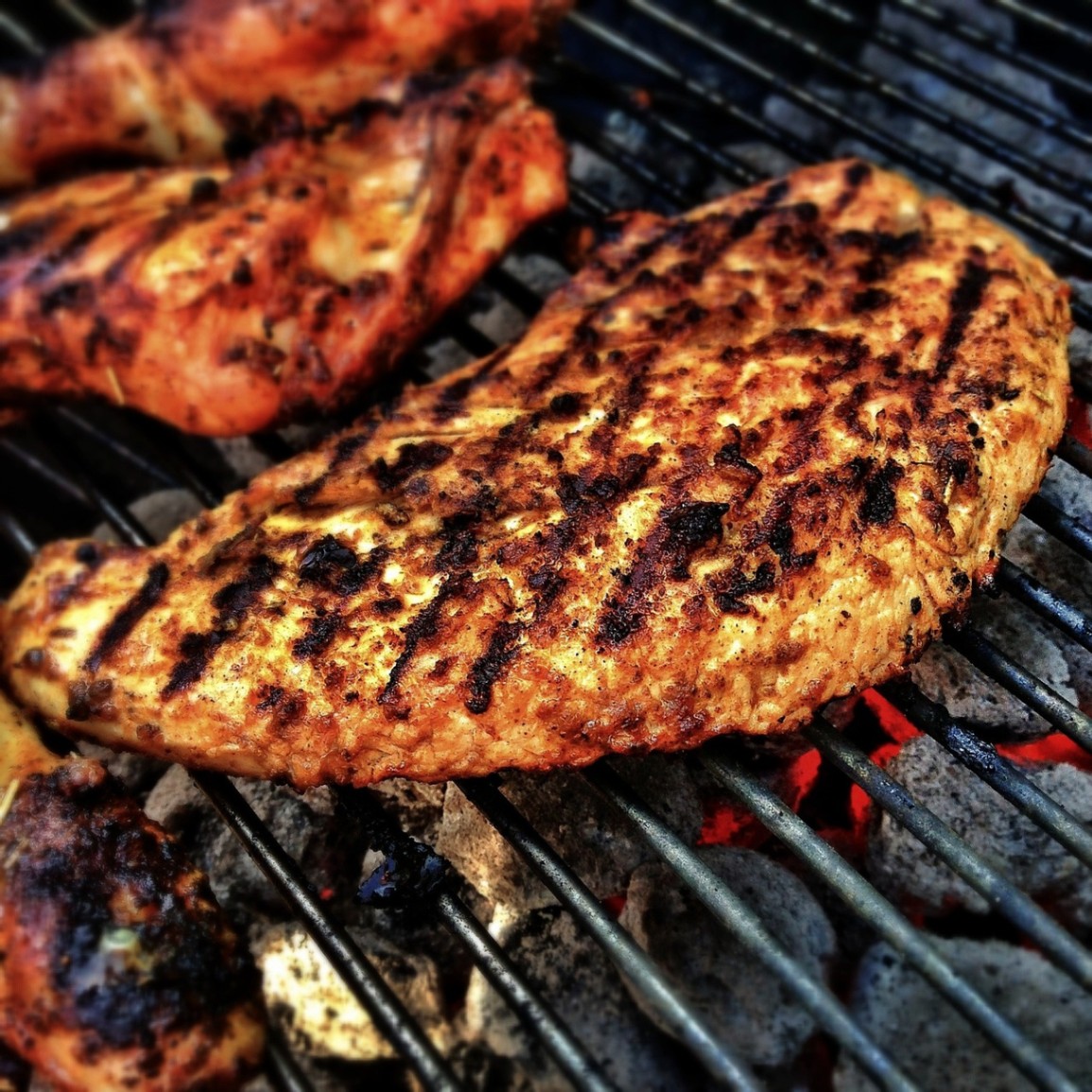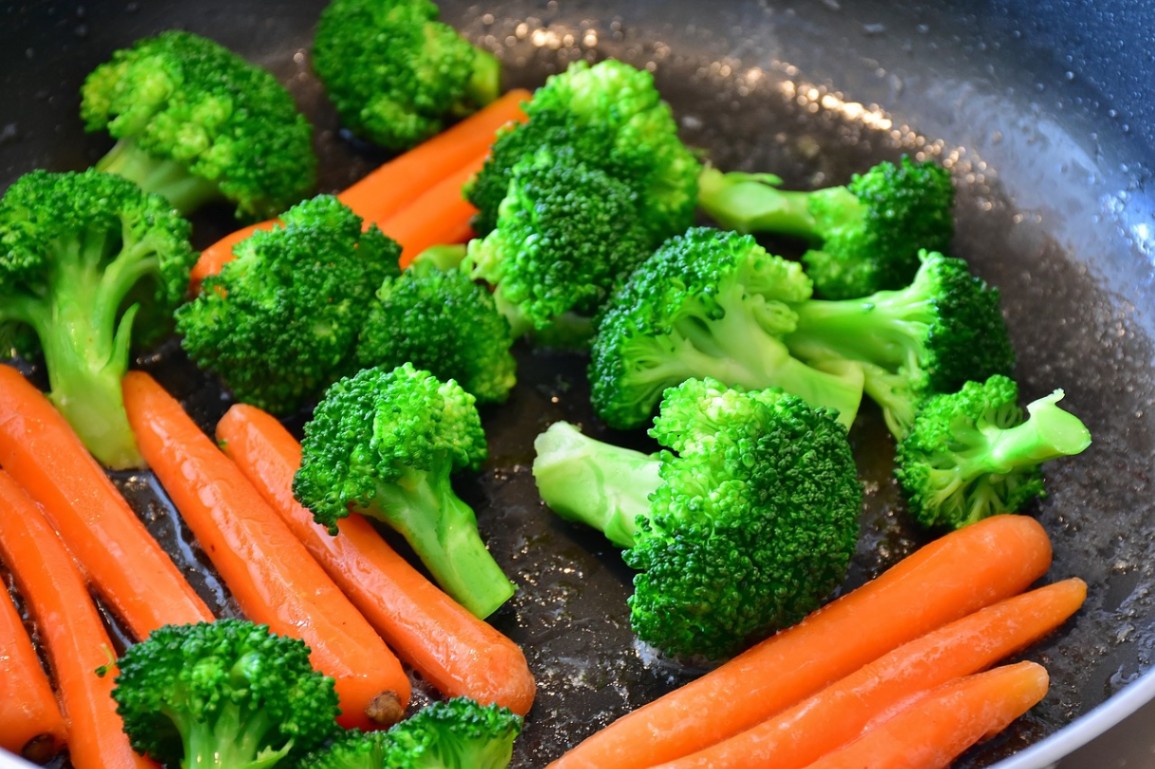Have you ever wondered how a simple change in cooking can transform ordinary ingredients into extraordinary dishes?
From the sear of grilling to the simmer of boiling, different types of cooking methods hold the key to culinary excellence.
In this article, we’ll unveil a list of these techniques and equip you with essential tips to elevate your cooking game. Whether you’re a kitchen enthusiast or a seasoned chef, prepare to explore the world of flavors like never before.
List of Cooking Methods
Before we dive into the world of culinary techniques, let’s explore the diverse array of cooking methods that can turn your ingredients into culinary masterpieces. Here’s a list of essential cooking methods:
Boiling
Boiling, a speedy cooking method, is perfect for items like pasta, vegetables, and eggs while maintaining their natural goodness.
Tips for Boiling Various Ingredients
To master the art of boiling, here are some concise tips for boiling various ingredients:
- Pasta: Use a large pot with plenty of water and add salt for flavor.
- Vegetables: Boil briefly to retain color and nutrients; use ice water to stop cooking.
- Eggs: Start with cold water, boil, then simmer for perfect hard or soft-boiled eggs.
- Rice: Use the absorption method for fluffy grains; no need to stir while boiling.
- Potatoes: Boil until easily pierced with a fork; avoid overcooking to prevent mushiness.
- Seafood: Simmer gently to prevent overcooking; use a flavorful broth for added taste.
- Legumes: Soak beans overnight, then boil until tender; add salt towards the end for better texture.

Grilling
Grilling means cooking food directly over high heat, often on a grill or open flame, adding a smoky flavor and grill marks. Preheat, season, and cook to your liking – perfect for outdoor cooking.
Tips for Successful Grilling
To ensure your grilling endeavors are a sizzling success, here are some essential tips for achieving mouthwatering results:
- Preheat the Grill: Allow it to reach the desired temperature before cooking for even heat distribution.
- Clean the Grates: A clean grill prevents sticking and helps with beautiful grill marks.
- Oil the Grates: Brushing oil on the grates contains sticking and aids in achieving those perfect sear marks.
- Season Well: Flavor your food generously with salt, pepper, herbs, and marinades.
- Use Different Heat Zones: Create hot and cool zones on the grill for versatility in cooking various ingredients.
- Don’t Overflip: Limit flipping to maintain juices and develop a flavorful crust.
- Invest in a Meat Thermometer: Ensure meats are cooked to the proper internal temperature for safety and taste.
- Rest Before Serving: Allow grilled items to rest briefly to retain juices and maximize tenderness.
Baking
Baking is a cooking method that uses dry, heated air in an oven to cook food. It’s commonly used for items like bread, cakes, and cookies. The dry heat creates a golden-brown crust while keeping the interior moist and tender.
Tips for Baking Different Dishes
To ensure your baking endeavors yield delightful results, here are some essential tips for baking a variety of dishes:
- Precise Measurements: Accurate measuring of ingredients is crucial for baking success.
- Preheat the Oven: Always preheat your oven to the specified temperature for consistent results.
- Use Room-Temperature Ingredients: This promotes even mixing and proper texture.
- Grease and Flour Pans: Prevent sticking by properly preparing baking pans.
- Rotate Pans: Halfway through baking, rotate pans for even cooking.
- Check for Doneness: Use a toothpick or skewer to test if the center is cooked through.
- Cool Properly: Allow baked items to cool on a wire rack to avoid condensation and maintain texture.
Frying
Frying is cooking in hot oil, creating a crispy outer layer and enhancing flavor. Heat oil to cook food until crispy; it is commonly used for items like French fries and chicken. Managing oil temperature is vital for success.
To ensure your frying experience is both safe and successful, here are five essential tips to keep in mind:
- Maintain the Right Temperature: Use a thermometer to monitor oil temperature for consistent results.
- Refrain from Overcrowding the Pan: Frying too much at once can lower the oil temperature and lead to uneven cooking.
- Use a Splatter Guard: This prevents hot oil from splashing, reducing the risk of burns.
- Have a Fire Extinguisher Nearby: In case of a grease fire, having a fire extinguisher ready is crucial.
- Drain on Paper Towels: Place fried items on paper towels to remove excess oil before serving.
Roasting
Roasting is a dry heat cooking method using an oven or open flame. It creates a flavorful crust on the food’s surface while keeping the interior tender.
Roasting enhances natural flavors for dishes like chicken, vegetables, and meats.
Tips for Achieving Flavorful Roasts
To achieve mouthwatering roasts, follow these essential tips:
- Season Generously: Use herbs, spices, and marinades to infuse flavor.
- Preheat the Oven: Ensure it’s hot before placing the roast inside.
- Use a Meat Thermometer: Cook to the proper internal temperature for perfect doneness.
- Baste Occasionally: Keep the roast moist and flavorful by basting it.
- Let It Rest: Allow the roast to rest before carving to retain juices and tenderness.
Steaming
Steaming is a cooking method using steam to cook food gently. It preserves flavors, nutrients, and textures, making it ideal for vegetables, seafood, and dumplings.
Tips for Steaming Various Foods
To master the art of steaming various foods to perfection, consider these valuable tips:
- Select the Right Steaming Equipment: Choose appropriate steaming tools for your dishes.
- Prepare Food Properly: Cut, season, and arrange ingredients for even cooking and flavor.
- Use Boiling Water: Ensure a steady steam flow by maintaining a vigorous boil beneath the steamer.
- Check Doneness: Avoid overcooking by periodically checking the food’s readiness.
- Experiment with Seasonings: Elevate flavors by adding herbs, spices, or sauces while steaming.

Sautéing
Sautéing is a quick cooking method using a small amount of hot oil or butter in a shallow pan. It produces brown, tender food and preserves natural flavors, commonly used for stir-fries and sautéed vegetables.
Tips for Sautéing Like a Pro
To become a sautéing pro and elevate your culinary skills, here are some essential tips to keep in mind:
- Choose the Right Pan: Use a wide, shallow pan with a flat bottom for even cooking.
- Heat the Pan Properly: Preheat the pan thoroughly before adding ingredients.
- Use High Heat: Sauté over high heat for swift cooking.
- Prepare Ingredients in Advance: Have everything chopped and ready to go.
- Stir Frequently: Keep ingredients moving for even cooking and to prevent burning.
Advantages and Disadvantages
Exploring the advantages and disadvantages of various cooking methods can help you make informed choices in the kitchen. Here are some key points:
Advantages:
- Quick Cooking: Some methods, like frying and sautéing, are fast and efficient.
- Flavor Enhancement: Roasting and grilling can impart rich flavors to dishes.
- Healthy Option: Steaming preserves nutrients in food due to minimal contact with water.
- Crispy Textures: Frying and baking create desirable textures outside of food.
- Versatility: Different methods offer flexibility for various ingredients and dishes.
Disadvantages:
- High-Calorie Content: Frying and deep-frying can add excess calories and fat.
- Loss of Nutrients: Boiling can leach nutrients into the cooking liquid.
- Complexity: Some methods, like baking and roasting, may require precise timing and temperatures.
- Risk of Overcooking: Grilling and broiling can dry out or burn food if not monitored.
- Equipment Dependency: Each method may require specific tools and appliances.
Conclusion
In conclusion, exploring different cooking methods is the key to becoming a more versatile and skilled cook.
Armed with these tips and a comprehensive list of techniques, you’re poised to take your culinary creations to new heights, transforming ordinary ingredients into extraordinary dishes.
So, embrace the world of cooking methods and savor the joys of the kitchen! Happy cooking!